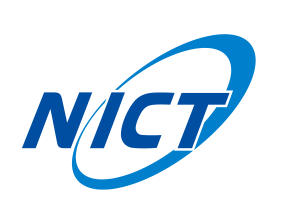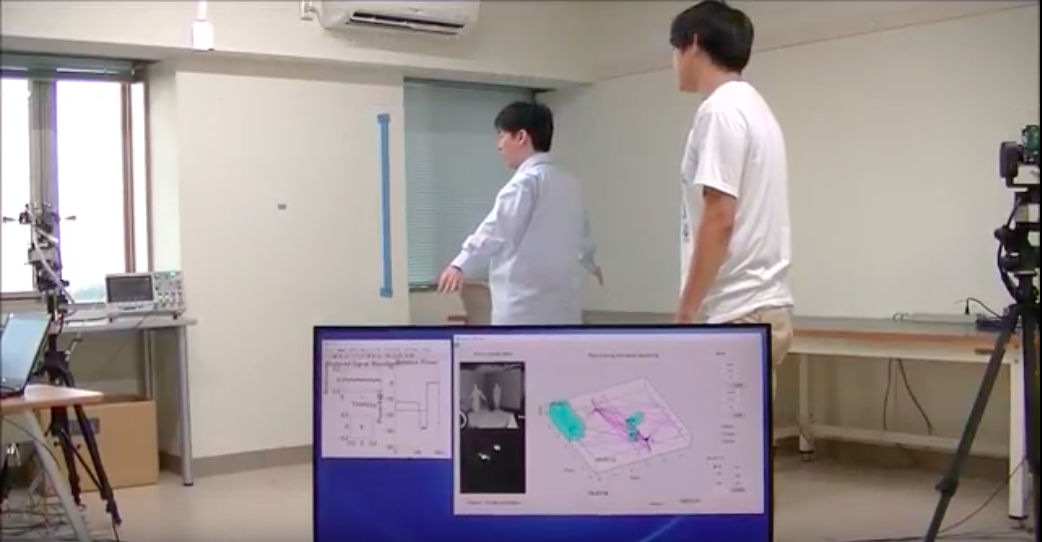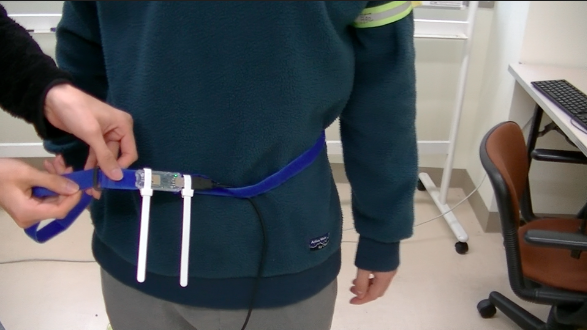Textbook reading seminar 2020
Zoom Meeting
- Time: 14:30-18:30, every Fri
- URL: https://zoom.us/j/95688434155
- ミーティングID: 956 8843 4155
Channel Modeling (CM)
- 電気電子工学文献詳読I(M1)・II(M2)
- Textbook (Articles)
- Microwave vs. Millimeter-Wave Propagation Channels Key Differences and Impact on 5G Cellular Systems, IEEE Commun. Mag, Dec. 2018.
- [Supelec Kammoun] Preliminary results on 3D channel modeling From theory to standardization, IEEE Journal on Selected Areas in Communications (Volume: 32 , Issue: 6 , June 2014).
- [TUB Ademaj] Implementation, validation and application of the 3GPP 3D MIMO channel model in open source simulation tools, 2015 International Symposium on Wireless Communication Systems (ISWCS), Aug. 2015.
- [TUWien Ademaj] 3GPP_3D_MIMO_channel_model_a_holistic_implementation, EURASIP Journal on Wireless Communications and Networking (2016).
- [NIST Varshney] On Quasi-Deterministic mmWave Channel Modeling using Raytracer Performance Analysis with Deterministic and Random Rays
- [TUI Iqbal] Multipath Cluster Fading Statistics and Modeling in Millimeter-Wave Radio Channels
- Time: 10:15-11:45, Fri
- Lecturers (M2/M1): Yamakawa, Tang, Kumakura, Miyake
- Members (B4): Shimbo, Shibuya, Tsukada
- Schedule
| Date | Topic | Charge | Material |
|---|---|---|---|
| 6/4 | Paper #1 (1/2) | Kim | |
| 6/11 | Paper #1 (2/2) | Tang | |
| 6/24 | Paper #2 (1/2) | Yamakawa | |
| 7/10 | Paper #2 (2/2) | | |
| 7/31 | Paper #3 | Kumakura | |
| 10/16 | Paper #5 | Shimbo, Kim | |
| 10/23 | Paper #4 | Tang | |
| 11/2 | Radar For Health Care Recognizing Human Activities and Monitoring Vital Signs | Miyake | |
| 11/6 | Paper #6 | Kim | |
| 11/13 | Paper #6 | Yamakawa | |
| 11/20 | Kumakura | ||
| 12/11 | Tang |
Machine Learning (ML)
- 電気電子工学文献詳読I(M1)・II(M2)
- Textbook (Articles)
- Time: 16:25-17:55, Fri
- Lecturers (M2/M1): Mitta, Tasaki, Nagai, Zhou, Calist
- Members (B4): Lee, Homma, Pula, (Li)
- Schedule
| Date | Topic | Charge | Material |
|---|---|---|---|
| 6/4 | 開発環境構築・ツール使用法 | Mitta | |
| 6/11 | 第1章 基礎, 第2章 分類問題(Perceptron, Adaline) | Mitta | |
| 6/26 | 第3章 分類問題(scikit-learn:ロジスティック回帰) | Tasaki | |
| 7/10 | 第3章 分類問題(scikit-learn:SVM,決定木,K-近接法) | Nagai | |
| 7/31 | 第3章 残り | Mitta | |
| 10/16 | 第4章 データ前処理ーよりよいトレーニンク’セットの構築 | Tasaki | |
| 10/26 | 第5章 次元削減 | Zhou | |
| 10/30 | 第6章 モデル評価・パラメータチューニング | Nagai | |
| 11/9 | 第7章 アンサンブル学習 | Mitta | |
| 11/13 | 第10章 回帰分析 | Zhou | |
| 11/30 | 第11章 クラスタリング | Shibuya | |
| 12/11 | 第12章 ニューラルネットワーク | Tasaki |
Python 環境構築
既にgitとかpythonをインストール済みの人がやると面倒なことになるかもしれないので気をつけてください.
パワーシェルを立ち上げてPSVersionを確認する.
PS> $PSVersionTable
PSVersionが5.0以上だったらScoopをインストールする.(PSVersionが5.0未満だったらパワーシェルの最新版をインストールしてから行うこと.)
PS> Set-ExecutionPolicy RemoteSigned -scope CurrentUser
PS> iex (new-object net.webclient).downloadstring('https://get.scoop.sh')
成功したら,gitのインストール
PS> scoop install git
次に,Pythonのインストール(Anacondaを使用)
PS> scoop bucket add extras
PS> scoop install anaconda3
最後に任意のディレクトリに教科書のソースコードをクローン
PS> mkdir Work # 任意のディレクトリ作成(不必要なら無視)
PS> cd Work # 任意のディレクトリに移動
PS> git clone https://github.com/rasbt/python-machine-learning-book.git # クローン
エラーとか出たら聞いてください.環境構築まだの人は↑を参考に各自やっておいてください.
・pythonがつかえる
・ソースコードをダウンロード(クローン)済み
になっている人はOKです.あと教科書(日本語版(第1版))は,「\\133.35.167.28\kimlab\users\lab\勉強会資料\ML\教科書」に置いたので各自見てください.
一応,自分で使う目的以外には使用しないでください.














